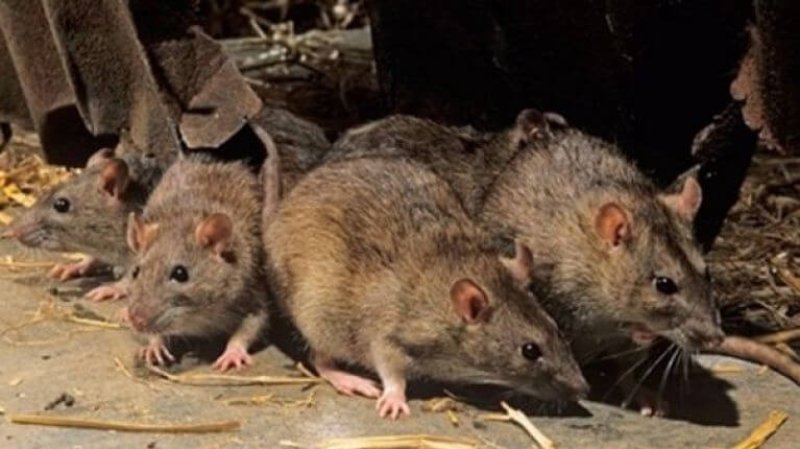The first known case of rat hepatitis jumping to a human patient has reopened a long-standing mystery of how the cryptic viruses spread and bounce between humans and animal reservoirs.
[September 28], researchers at the University of Hong Kong revealed that a 56-year-old-man had contracted a strain of hepatitis E previously thought to only infect rats.…
[T]he researchers noted evidence of a rodent infestation near the man’s home with noticeable collections of droppings by a next-door garbage chute. Testing of at least one rat collected in the neighborhood in recent years had turned up positive for rat hepatitis E.…
[W]e know that rat hepatitis E—like the rest of its ilk—spreads through a fecal-oral route, which works exactly as it sounds. Essentially, for the rat virus to become a major public health crisis there would have to be a situation such as a significant amount of rat feces contaminating a source of drinking water.…
In the case of the 56-year-old man in Hong Kong, [researcher X.J.] Meng speculates it was just an unlucky twist of fate that he got the “first infected” title. His immune system was likely suppressed following the liver transplant (to help his body accept the new organ), making him much more susceptible. And it seems he just happened to have a high chance of exposure from his environment.
Read full, original post: Rat hepatitis jumps to human for first time, spotlighting disease mystery































